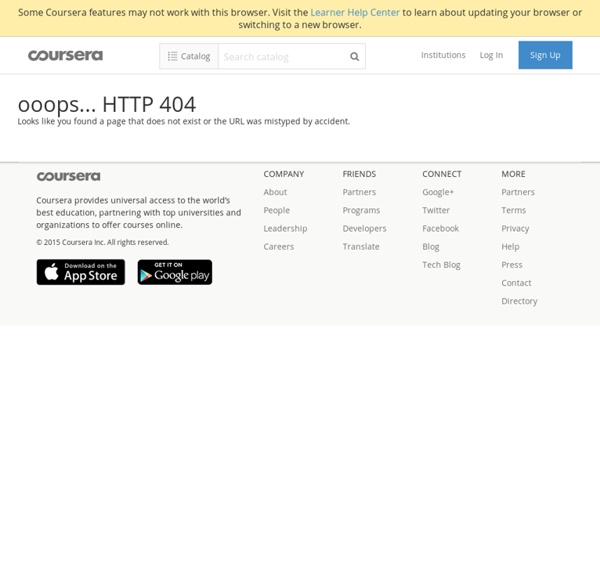



Management 3.0 - /campus - Notre offre - Pyxis Mener des développeurs Agiles, développer des leaders Agiles. Fondé sur le livre à succès Management 3.0 de Jurgen Appelo, le cours de formation du même nom a été donné dans plus de quinze pays en 2011. Pyxis est fière d'être la toute première à offrir ce cours au Canada. Ayant rencontré François personnellement dans mon cours et discuté avec lui des différents défis et possibilités liés à la gestion d’organisations Agiles, je lui fais pleinement confiance. Objectifs Agir de façon optimale à titre de gestionnaire dans un contexte Agile;Connaître des outils et pratiques pour vous aider à devenir des leaders d’exception. Description L’Agilité amène son lot de nouveaux défis aux équipes de développement, mais aussi aux gestionnaires. Management 3.0 se distingue par la grande variété des thèmes traités. Ce que vous apprendrez : Information générale Durée : 2 jours Prix unitaire : Cliquez sur « Inscrire des participants en ligne » pour connaître le prix dans votre région. Galerie de photos
Design Thinking... What is That? To promote its new Athleisure Makeup line, Tarte partnered with social media "fitfluencers" to push the concept that "sporty is the new sexy." The campaign, titled Hustle & Glow, includes a beautifully produced video in which a woman wakes up in her spacious Malibu mansion and heads to the bathroom for a full beauty routine in preparation to . . . go on a solo run. The video was met with wide appreciation from Tarte fans (and nearly 80,000 YouTube views), with many saying it inspired them to get out there and look good on the asphalt (or sand). As athleisure becomes more than just a fashion trend, it’s extended into new, unexpected categories. In other words, yoga pants for your face. "These are high-maintenance products with a low-maintenance routine," says Tarte CMO Candace Craig Bulishak. Birchbox, the beauty e-tailer and subscription service, also noticed that their customers were among the women embracing the athleisure trend, says PR director Jenna Hilzenrath. More Than A Fad
BE101x Courseware Skip to this view's content Please enter your e-mail address below, and we will e-mail instructions for setting a new password. Help Have general questions about edX? Have a question about something specific? Report a problem Make a suggestion Ask a question Please note: The edX support team is English speaking. Thank you for your inquiry or feedback. We're Sorry, edX accounts are unavailable currently The following errors occurred while logging you in: Your email or password is incorrect Please provide the following information to log into your edX account. Required Information Account Preferences 45 Design Thinking Resources for Educators
Hacking the Classroom: Beyond Design Thinking Design Thinking is trending is some educational circles. Edutopia recently ran a design thinking for educators workshop and I attended two great workshops at SXSWedu 2013 on Design Thinking: Design Thinking is a great skill for students to acquire as part of their education. But it is one process like the problem-solving model or the scientific method. As a step-by-step process, it becomes type of box. Design Thinking Design thinking is an approach to learning that includes considering real-world problems, research, analysis, conceiving original ideas, lots of experimentation, and sometimes building things by hand ( As a further explanation of this process, here is an exercise by the d.School about how to re-design a wallet using the design process. Here is another take on the design thinking process as applied to learning within a community setting: To further learn about design thinking, visit: